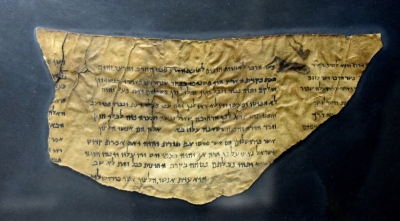
The scrolls are believed to contain mostly Greek philosophy. They may also provide insights into the lives of ancient Romans.
The hot ash and gases from the volcanic eruptions have charred and carbonized the scrolls, turning many into impenetrable log-like cylinders. The scrolls are also too fragile to unfurl and various attempts at unrolling the scrolls and deciphering the texts over the last 270 years, have mostly failed. Many scrolls have been damaged in the process.
Further, in the Herculaneum scrolls, the script has been written with carbon ink, unlike many ancient texts that were written with metal-based inks. The use of carbon ink is one of the main reasons these scrolls have evaded deciphering. Unlike metal-based inks, its density is similar to that of the carbonized papyrus on which its sits, and therefore appears invisible in X-rays.
Other challenges: Even if a scroll is successfully opened, the original ink – exposed to air – would begin to fade. In addition, this form of unrolling often leads to pages getting stuck together or damaged.
Scientists use the X-ray beam at Diamond Light Source and a virtual unwrapping software to detect the carbon ink on the scrolls. The technology is similar to a CT scanner where one would take a three-dimensional image of a person and then examine different organs.
Scientists will shine very intense light through the scroll, which will deliver three-dimensional images on the other side. From that, a three-dimensional image of the text will be constructed. The idea is to read the text in a non-destructive manner. But the digital scan is only the first step in the decoding process.
The research team is building a machine-learning algorithm that will go through the digital scan of the scrolls to detect evidence of ink. The text will have to be later deciphered.
Picture Credit : Google

